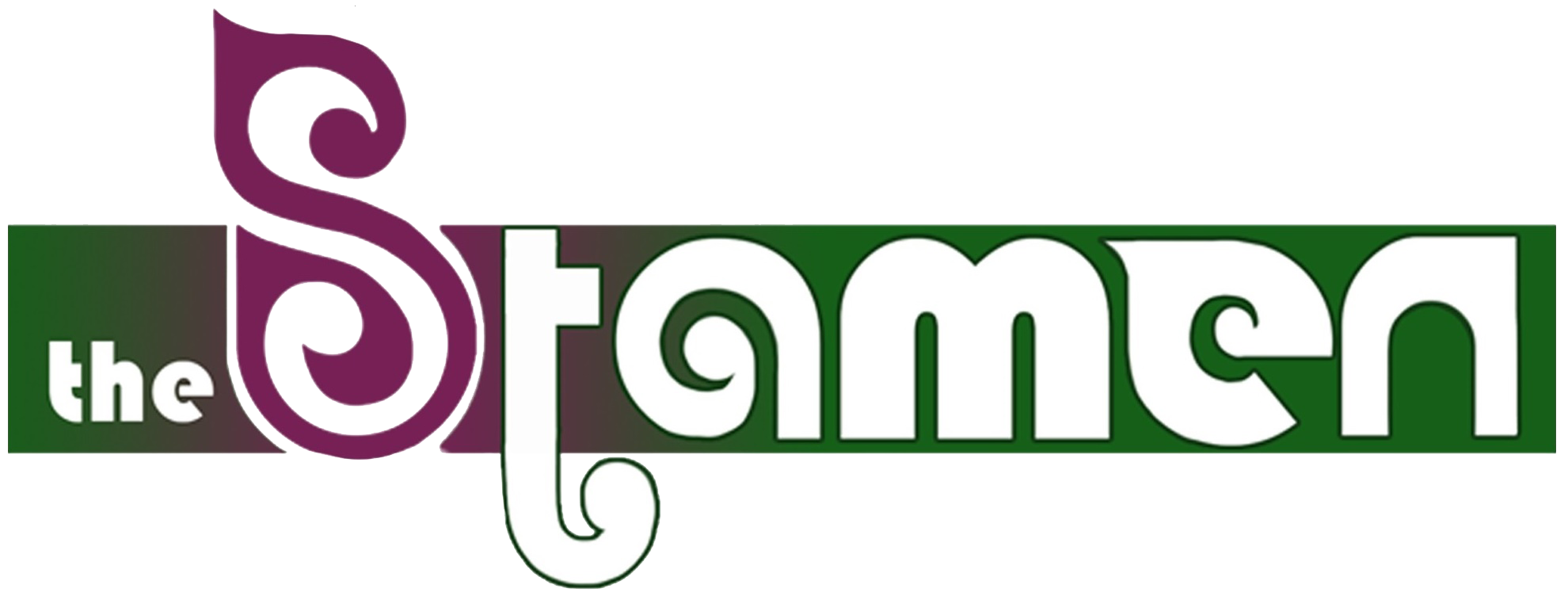We live in the ‘Intelligence Age’ and in times of ‘Knowledge Management’, we need to first manage the best manager of knowledge i.e our brain. How often has your day been ruined because you forgot to do something important?
What if you knew a couple of straightforward techniques that could alter your memory limit and assist you in retaining more information for a longer period of time. That is exactly what you will learn in this article.
Know How Powerful Your Brain Is
We access a few billion memories every day.
Our brains whisper us reminding memories constantly, and they work so proficiently that we aren’t even aware of it. In any event, something as basic as a discussion activates an entire range of memories and places them in the proper setting.
We’ve all had the experience of out of nowhere recalling individuals or occasions from an earlier time. A single sight, sound, or smell can recall memories we thought we had overlooked.
Neurophysiologist Professor Mark Rosenzweig once stated that even if we uncovered the human brain to ten new pieces of data every second of our lifetime, it still wouldn’t be half full.
What are Mnemonics?
One way you can altogether improve your memory is by applying memory techniques frequently referred to as mnemonics.
Mnemonics refer to any strategy designed to assist you with remembering things.
Experiments have demonstrated that once you learn mnemonics and are able to remember something, there is a high probability that you’ll be able to recall, say, 90 out of 100 items and 900 out of 1000, etc.
So, what makes mnemonics so incredible? The secret is that this technique activates both the left and the right cortex of the brain, hence opening your memory’s maximum capacity.
While your left brain causes you to remember things through reason, words, sequencing, numbering, and records, your right brain works through imaginative associations. These associations can be made applying color, rhythm, measurements, fantasizing, and Gestalt (the entire picture).
By stimulating the two sides of the mind when attempting to store information in your memory banks, you’ll not just improve your capacity to recall information, you’ll improve your creative potential also.
Using Mnemonics
Mnemonics contain a wide series of exercises, but we’re just going to concentrate on the four basic traits for any mnemonic exercise. These traits are vital, as they engage both our left and right brain.
The first is synaesthesia or the mixing of the senses. In growing better memory, it’s important to sharpen and consistently train every one of your senses, including vision, smell, touch, hearing, taste, touch, and kinaesthesia (your awareness of position and movement).
For example, if you want to be certain of buying toothpaste after work, you could engage a variety of senses by clearly envisioning yourself squeezing the toothpaste onto the brush, feeling your fingers contact the brush, and imagining the smell, taste, and sound of brushing your teeth.
Movement adds another means for your brain to “connect” information. Remaining with our toothpaste example, when you envision the toothpaste, make the pictures three dimensional. Truly attempt to envision the sensation of the toothbrush against your gums.
Next are positive images. The brain normally needs to recall charming memories, so give a courageous effort to attach positive or moving associations to the things you need to remember.
The last attribute is ‘exaggeration’. Strangely, our brains store exaggerated stories, pictures, etc. with a high achievement rate. If you envision that your home is an enormous tube of toothpaste, at that point you won’t have to make a solid effort to remember!
If you apply these mnemonics, you can remember anything you’ll ever need to – and you won’t need additional reminders from your dentist, either.
Mind Mapping
Mind Mapping is a technique founded by Anthony Peter “Tony” Buzan, inspired from the ideas of a similar technique known as ‘concept-mapping’, a technique used by Albert Einstein and Leonardo DaVinci.
Traditional note-taking activates just the left side of the brain, and that is nothing but bad for retaining.
Consider your own notes. They are most likely based in language, loaded with phrases and sentences, likely sorted out as lists with the help of bullet points or numbers.
This is all significant, however, language and sequencing just engage your left brain. You’ve totally forgotten about creativity and affiliation, the areas of the right cortex.
Mind maps increase your memory by connecting both sides of the brain.
To make a mind map, pull out a clear piece of paper, and draw a key memory picture in the center; this will work as your focal subject (right cortex activation). From this central point, you can spread out to subthemes by joining lines (left brain).
You can either write the subthemes over the lines, or you can draw them. It’s a smart move to substitute so you activate both parts of the brain.
For instance, in case you’re studying the history of memory, your central picture could be an elephant, as they are well known for their heavenly memory.
Continue applying a blend of writing and drawing, all while taking notes of details inside each subtheme.
The process of making the mind map will force you to find connections in things you are attempting to remember. This by itself is sufficient to expand your memory recall.

Revealing. Hmm.